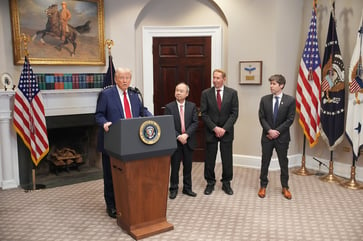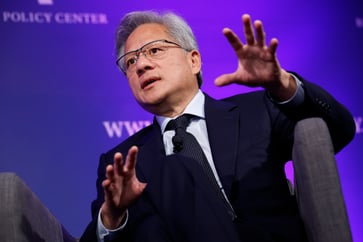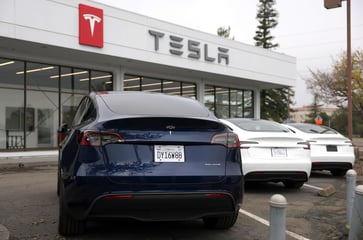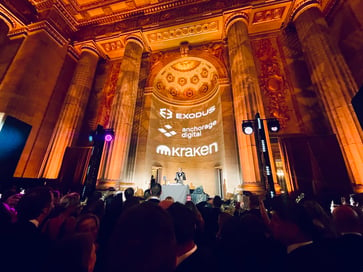The next big thing for Nvidia could be the integration of spatial AI and the "omniverse" into the physical world.
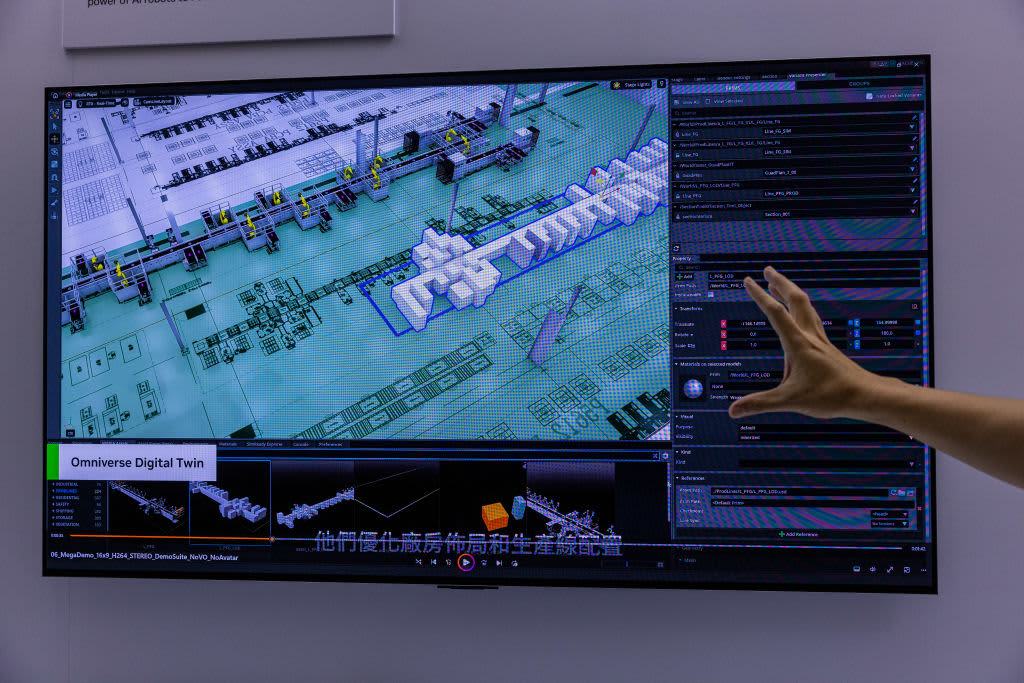
- The physical world is gaining renewed attention from technological advancements in spatial artificial intelligence and robotics.
- Nvidia is utilizing spatial AI to comprehend and engage with the physical world, surpassing human cognition's limitations, with concepts such as the "omniverse."
- Synthetic data and digital twins of spaces are used to simulate autonomous driving, visual assistance, and warehouse robots.
Technology extends beyond what we see on our screens, as research in spatial artificial intelligence and robotics is currently being developed, bringing the technological focus back into the physical world.
"Rev Lebaredian, vice president of omniverse and simulation technology at, stated that while chatbots and image generation are crucial aspects of AI, the physical world's everyday elements are often overlooked but are actually more significant."
Lebaredian spends his days building physically accurate worlds in the digital space using Nvidia's Omniverse platform, which he believes is crucial for creating robot brains. He believes that training these robot brains in the place where they're born, inside a computer, is essential for their success.
World Labs, a spatial intelligence company backed by Andreessen Horowitz, is building "large world models" to understand, interact with, and build on the three-dimensional world around us. The company, founded by Stanford researcher and professor Fei-Fei Li, is not the only one working on spatial AI, as Nvidia is also building on this technology. The initial use cases for World Labs are geared toward professional artists, designers, developers, and engineers.
Some of the startups that are taking AI seriously in the physical realm include Mytra, Auki Labs, and OpenSpace.
Nvidia is working to bring the 3D world into computing for simulation purposes, and then bring that computing back out into the real world. Digital twins of spaces and synthetic data about what can happen in those spaces help simulate use cases like autonomous driving, visual assistance, and warehouse robots.
AI for robotics, not just humanoid robots
Nvidia determined that robotics is the solution to the ultimate application of artificial intelligence after considering it for over a decade. The development of deep learning and convolutional neural networks allowed for the creation of an intelligence capable of perceiving, making decisions, and acting on the physical world.
Robots can assist us in various ways, including manufacturing and transportation, as stated by Lebaredian. Despite Nvidia CEO Jensen Huang showcasing humanoid robots on stage earlier this year, robots are capable of much more. As Lebaredian explained from his location in San Francisco, "Even the spaces we inhabit can be robots themselves, like the building I'm in right now. They can detect where people are, adjust the climate, and optimize energy usage."
Robots with a human-like form are necessary in many settings, not only because of popular culture references like C-3PO and Apple TV's Sunny, but because the world is designed for human beings. In order to seamlessly integrate robots into a factory or other human-centered environment, a robot with arms and a mobile base that can easily adapt to the human form is often the most practical solution.
According to Agustin Huerta, senior vice president of digital innovation for North America at Globant, every object designed by the company is created to accommodate human inefficiencies. He pointed to his reusable water bottle as an example. Globant is a Nvidia partner that specializes in AI, robotics, and quantum computing, among other innovative fields. Huerta stated that creating robots that are as inefficient as humans is a challenging task, but it is necessary because they must be able to interact with humans and become embedded in their environment as quickly as possible.
Physical world will be changed by AI within years
Robotics and spatial intelligence companies are increasingly focusing on the manufacturing industry.
As robots expand beyond warehouse grounds, Globant's Huerta predicts that more infrastructure will be visually changed to accommodate evolving physical technology. He envisions spaces with larger doors to accommodate robots moving around, trading stairs for ramps and elevators, and automating door openings.
Huerta emphasized the importance of designing buildings that accommodate both human and synthetic entities, regardless of their abilities. The current lack of elevators in buildings is unacceptable, as it fails to accommodate individuals with disabilities and those who may require assistance.
The deeply thinking robotics that use spatial AI to prepare for the real world will be "the most transformational technology the world has ever seen," Lebaredian stated.

Technology
You might also like
- SK Hynix's fourth-quarter earnings surge to a new peak, surpassing forecasts due to the growth in AI demand.
- Microsoft's business development chief, Chris Young, has resigned.
- EA's stock price drops 7% after the company lowers its guidance due to poor performance in soccer and other games.
- Jim Breyer, an early Facebook investor, states that Mark Zuckerberg has been rejuvenated by Meta's focus on artificial intelligence.
- Many companies' AI implementation projects lack intelligence.








